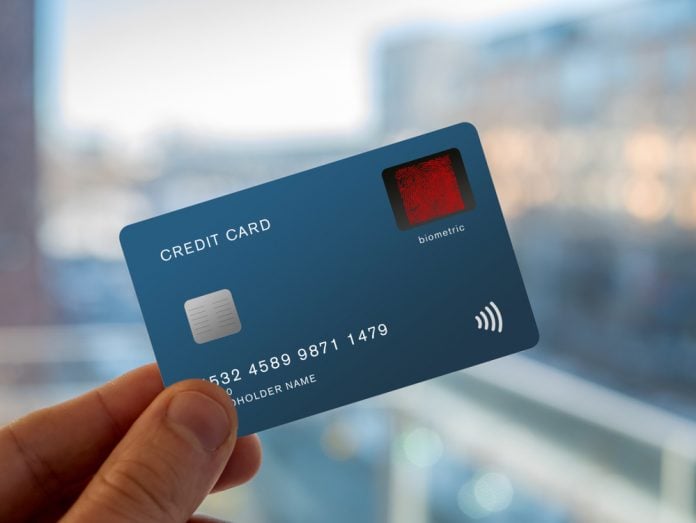Consumers are shifting towards biometric payment cards, a new global survey carried out by Fingerprints and conducted by Kantar across five global markets has found.
Biometric payment cards, where consumers authenticate with fingerprints on the card instead of entering a PIN code, is a desirable innovation when you ask consumers. It will enable secure, hygienic, convenient contactless payments no matter the amount
“From our research, it is clear demand for biometric cards has only increased with the pandemic,” Lina Andolf-Orup, Head of Marketing at Fingerprints, explained.
“Behaviours have shifted quickly and adoption of contactless cards has boomed, penetrating new markets and segments while also shining a spotlight on the current issues and constraints of contactless that have now become real consumer pain-points.
“Banks have an opportunity to bring innovation to consumers’ favourite payment form factor. By offering biometric payment cards, banks can not only show they care for their existing customers, they can also attract new customers and create a potential new revenue stream.”
According to research, 51% of customers would switch banks if they could have a biometric payment card, and the payment method is most popular with the 18-36 demographic.
In the current day and age, consumers have continued to move away from using cash, with the bank card now the dominant way consumers make in-store payments, and a large proportion of consumers (63%) believe that they will utilise contactless cards even more in future.
Andolf-Orup continued: “The contactless card is far from perfect, however, consumers are worried around its security, and this level of concern has risen since our earlier research, likely fuelled by growing usage and raised payment caps.
The survey showed that consumers trust the card because of ease of use, it works everywhere and it is a secure payment method. The card can also complement the use of the smartphone, particularly when completing online purchases. However, just 2% of consumers claim to use mobile wallets.
“People are aware and increasingly concerned about anyone being able to use their card if they lose it,” Andolf-Orup concluded.
“On the other hand, there is also an issue with the transaction cap and confusion caused by still often needing to input your PIN – an unwelcome step not only because of hygiene concerns, but as an added point of friction. Consumers truly need a reason to trust contactless, both from a security and usability point of view.”























